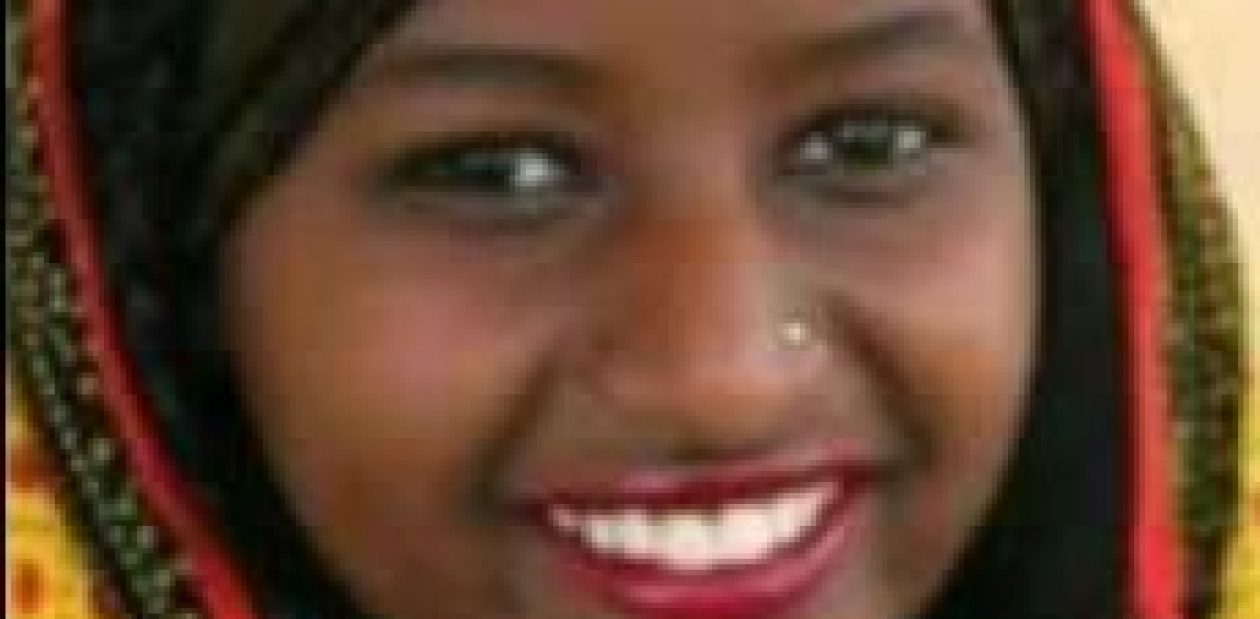An estimated 305,000 Eritreans, or five per cent of the population, have left the country, making them one of the largest groups of migrants into Europe.

Pictured as she was rescued from a stricken boat off the Greek island of Rhodes, the terrified face of Wegasi Nebiat last week became the symbol of Europe’s migration crisis.
The 24-year-old was among more than 100 migrants on a rickety craft that capsized en route from Turkey, drowning three of its occupants. But images of her being plucked to safety by a burly Greek rescuer have also put the spotlight on her homeland of Eritrea – a harsh, brutal dictatorship dubbed “Africa’s North Korea”.

The tiny Horn of Africa nation, which won independence in 1993 after a 30-year civil war with Ethiopia, is run as a one-party state by former guerrilla leader Isaias Afwerki and his cronies. Thousands of political prisoners languish in jail, no elections have been held in 20 years, and like Kim Jong-un’s hermit regime in Pyongyang, the country is off limits to foreign media and human rights groups.
However, one thing that Eritrea’s closed, secretive government cannot hide is how its population of just six million is now among the biggest customers of the people traffickers of the Mediterranean. The UN High Commissioner for Refugees says that of the 200,000 migrants who made the crossing last year, some 18 per cent, or nearly one in five, were Eritreans like Ms Nebiat. Only refugees from Syria, with its brutal civil war, made up more at 31 per cent.
An estimated 305,000 Eritreans, or five per cent of the population, have now left the country, fleeing torture, a stagnant economy, and conscription into a vast standing army that often amounts to little more than slavery.
